Even if you’ve never seen Hellraiser, you’re probably familiar with Pinhead, the primary antagonist. Pinhead and his pals are called the cenobites, and are part of ‘The Order of the Gash’. They’re demonic beings who were once human but have been transformed by their experiences in the afterlife, and now look pretty damn gross (in fact, Pinhead’s probably the least minging). The cenobites live in an alternate reality called the Labyrinth or the Leviathan’s Domain, and their favourite thing is inflicting pain on humans who summon them (some accidentally, some on purpose). They do that using a puzzle box called the Lemarchand Configuration, which opens a dimensional fissure.
The Hellraiser cenobites all look a bit BDSM as they wear various combinations of leather and chains, often with bits of their own skin thrown in, ewww. The original novella and first two films have them as morally ambiguous (‘demons to some, angels to others’) but later films and comics make them more straightforwardly sadistic.
After all that, it turns out that Barker didn’t invent the term ‘cenobite’, and it originally had a much more benign and less BDSM-ey meaning. It started out as a word for the followers of Pythagoras (he of the theorem), who founded a commune in Italy for philosophical study and also for the ‘amicable sharing of worldly goods’ (sounds like a cult to me – call your dad). ‘Cenobite’ first appeared in English in the 17th century where it referred to a member of a monastic community who lived in a common house under a common rule (i.e religion). It can also refer to any person in a communal or shared living situation (like a commune). The word itself comes from the Greek ‘koinos’ meaning ‘common’, and ‘bios’ meaning ‘life’.
A group of monks living in this type of community is often referred to as a cenobium. And cenobitic (or coenobitic if you want to make it really hard to spell) monasticism is the opposite of eremitic monasticism, which is when you’re a hermit (like me).
Back to Hellraiser. Pinhead’s nickname was created by the Hellraiser production crew and then picked up by fans, although Barker hated it. In ‘The Scarlet Gospels’ he’s simply known as ‘The Hell Priest’, which is much less fun. In the first eight films, he’s played by an actor called Doug Bradley. But for the (not-very-good) 2022 remake, the character’s played by Jamie Clayton, a female actor and model. This is actually truer to the original novella, where he’s described as having a voice that’s ‘light and breathy – the voice of an excited girl’. Other cenobites that regularly appear in the Hellraiser franchise include Chatterer, whose name comes from the constant clicking of his teeth, The Female, whose only attribute seems to be ‘woman’, and Butterball, who’s really fat (but wears cool shades).
‘We have such sights to show you…’







